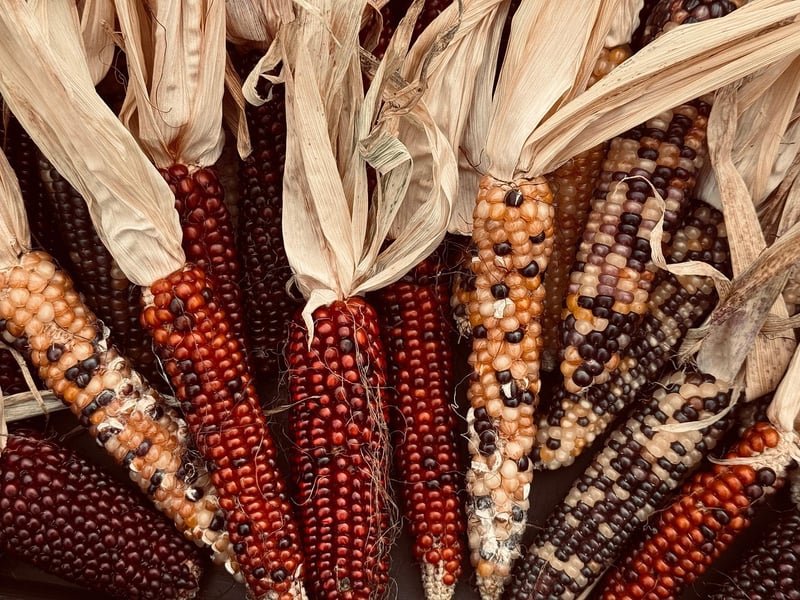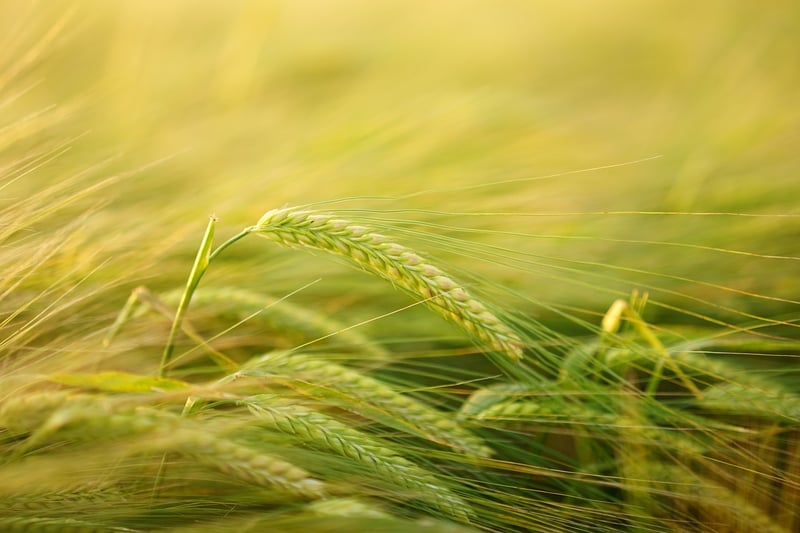Vertical Crop Cultivation
Maximizing Vertical Space in Crop Cultivation

When it comes to farming, making the most of available space is crucial for increasing productivity and efficiency. Vertical crop cultivation is a method that allows farmers to grow crops upwards, utilizing vertical space effectively.
Benefits of Vertical Crop Cultivation:
- 1. Maximizes land usage: Vertical farming enables farmers to grow more crops in a smaller land area.
- 2. Increases crop yield: By utilizing vertical space, farmers can significantly increase their crop yields compared to traditional farming methods.
- 3. Saves water: Vertical systems often use less water than conventional farming, making it a more sustainable option.
- 4. Reduces labor intensity: Vertical crop cultivation can be designed to minimize the physical strain on farmers, making it more efficient.
Methods of Vertical Crop Cultivation:
There are several techniques that farmers can employ to implement vertical crop cultivation:
- 1. Vertical hydroponics: This method involves growing plants in a nutrient-rich water solution without soil, stacked vertically.
- 2. Vertical aeroponics: Plants are grown in an air/mist environment with nutrients delivered through a misting system, maximizing space efficiency.
- 3. Vertical stacking: Crops are grown in stacked layers, utilizing shelves or racks to optimize vertical space.
Challenges and Considerations:
While vertical crop cultivation offers numerous benefits, there are some challenges to consider:
- 1. Initial setup costs: Implementing vertical farming systems can require significant initial investment in infrastructure and technology.
- 2. Technical expertise: Operating vertical systems may require specialized knowledge and skills in hydroponics or aeroponics.
- 3. Lighting requirements: Providing adequate light to all plants in a vertical system is essential for healthy growth and development.
Overall, vertical crop cultivation is a promising approach to sustainable farming that maximizes space utilization and crop productivity. By exploring innovative techniques and technologies, farmers can embrace vertical farming to meet the growing demand for food production in a resource-efficient manner.
Explore more on vertical crop cultivation at VerticalCropCultivation.com
